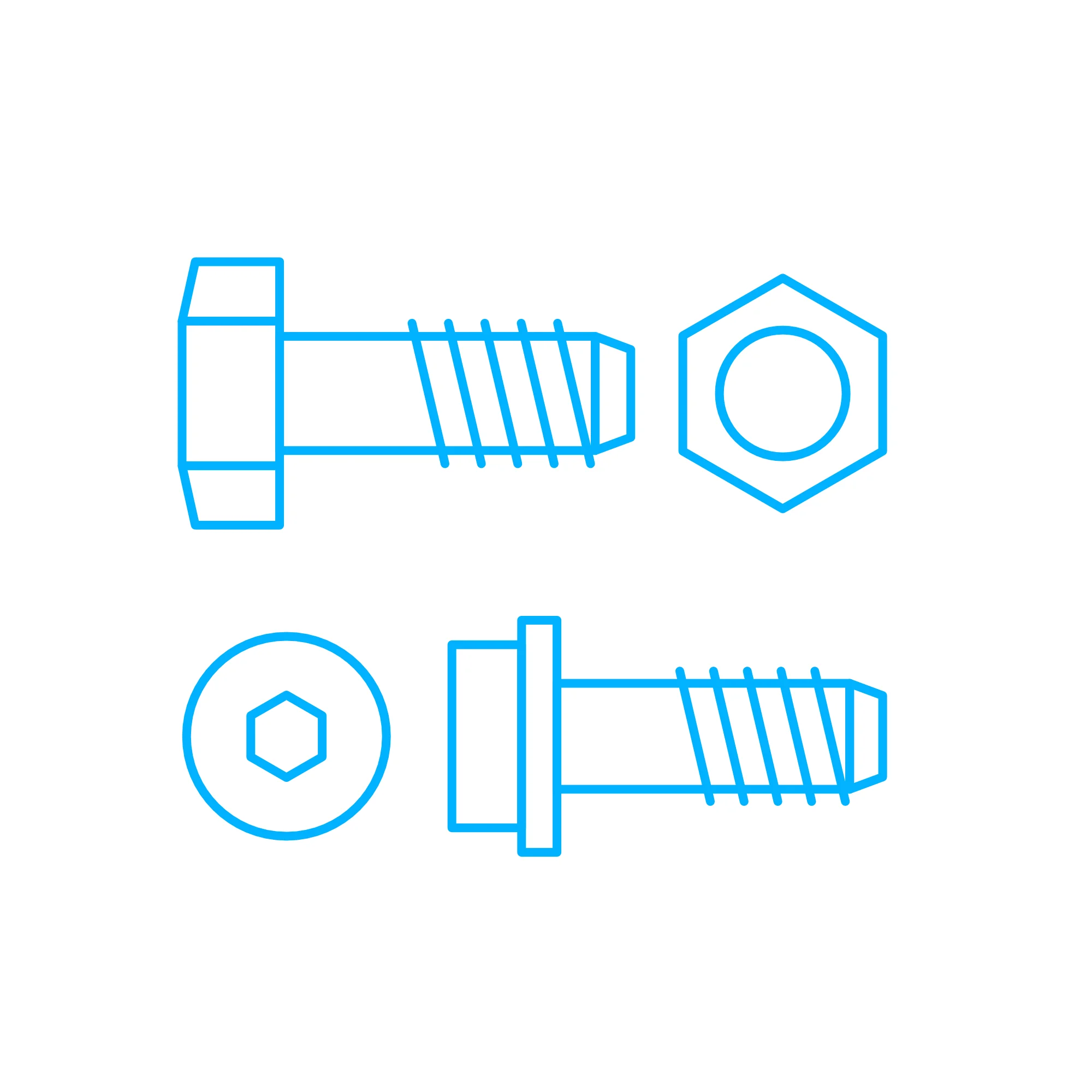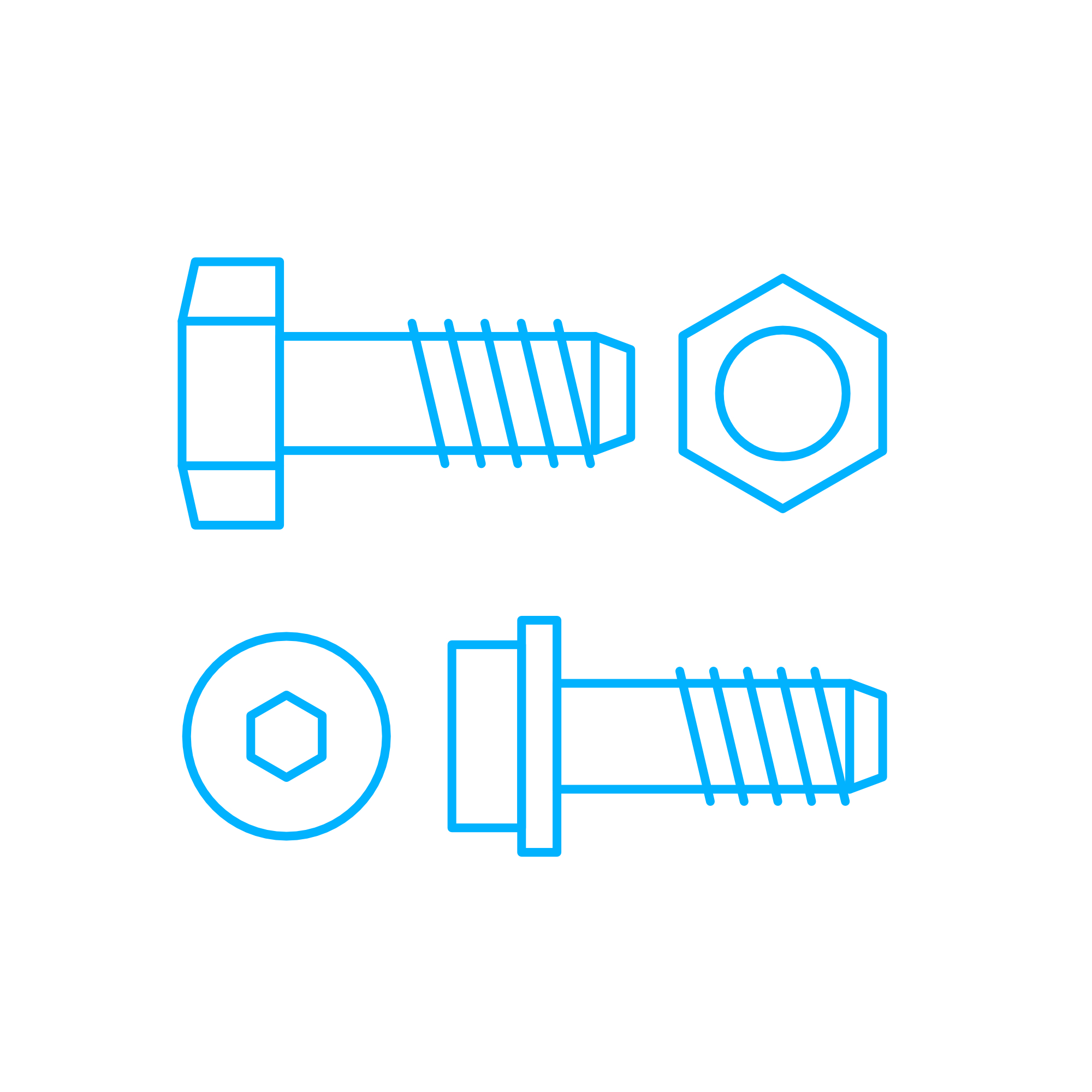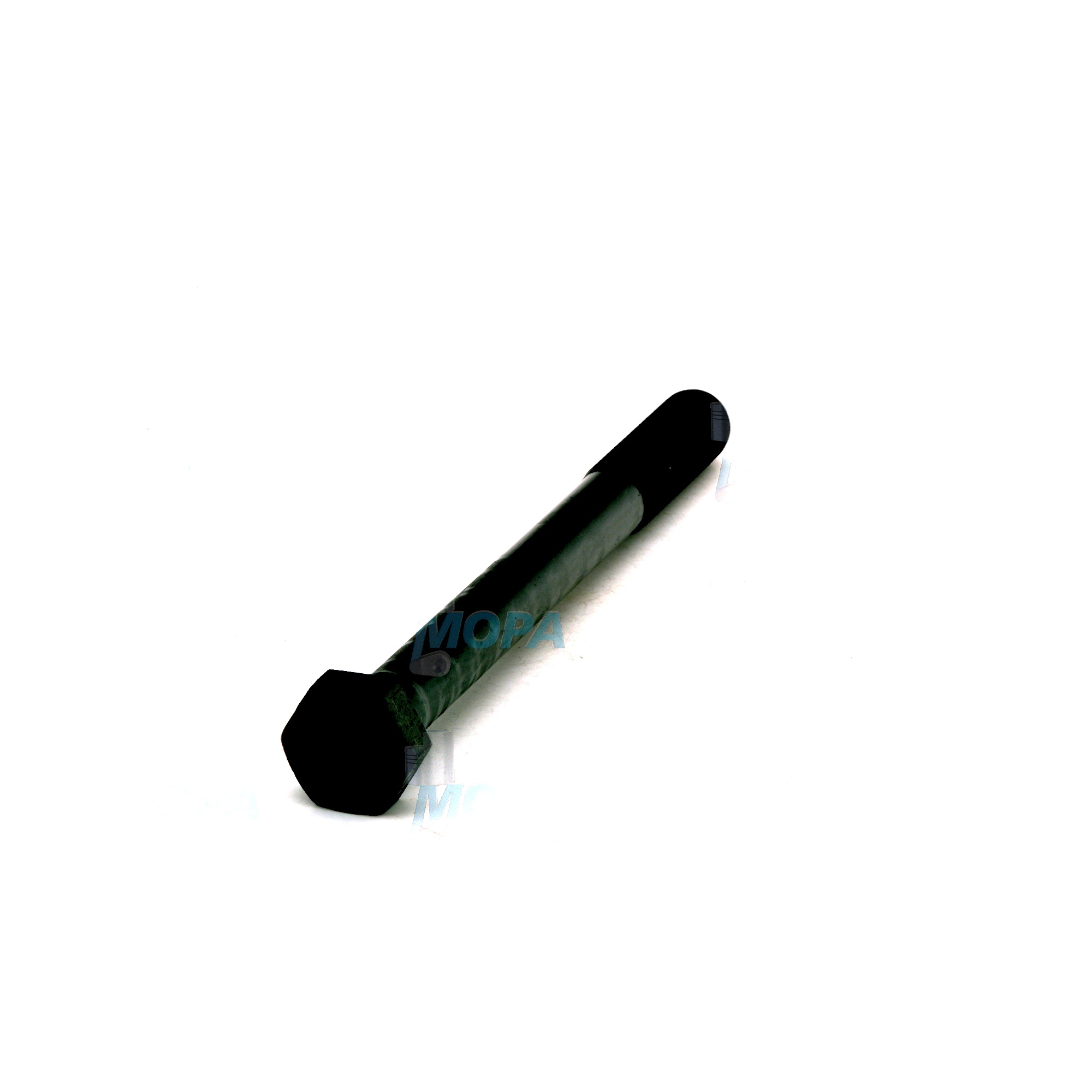CYLINDER HEAD BOLT solutions and high‑strength Screws for reliable engine assemblies
Screws are precision fasteners that create the clamping force required to hold critical engine assemblies together. In combustion engines—diesel, gas, and marine—these components secure cylinder heads, main bearing caps, gear housings, exhaust and intake manifolds, turbochargers, and ancillary brackets. Within this category, the CYLINDER HEAD BOLT stands out as a safety‑relevant screw that sustains head‑to‑block sealing under extreme pressure and temperature. Selecting the right Screws, understanding their function, and replacing them at the right time are decisive factors for uptime and performance.
As part of the engine’s structural “load path,” Screws convert tightening torque into preload. That preload is what keeps gaskets sealed, gear meshes aligned, and joint surfaces stable through thermal cycles, vibration, and combustion pressure spikes. Whether in a compact generator set or a two‑stroke marine engine, consistent clamping force from properly engineered Screws—especially the CYLINDER HEAD BOLT—prevents movement that otherwise causes wear, leaks, and power loss.
Technical function: Screws and the CYLINDER HEAD BOLT in a diesel engine and marine engine
The CYLINDER HEAD BOLT is designed to clamp the cylinder head evenly to the engine block so the head gasket seals combustion chambers, oil galleries, and coolant passages. During tightening, torque and angle produce controlled elastic stretch in the bolt shank. This stretch stores energy as preload, which counteracts the separating forces generated by combustion. In many diesel engine platforms, torque‑to‑yield CYLINDER HEAD BOLT designs are used to reach a defined yield region for highly repeatable clamping—even as components expand and contract.
Engineers specify thread pitch, under‑head geometry, and surface coatings to achieve stable friction coefficients and predictable preload. Phosphate or MoS₂‑based coatings, for example, minimize scatter in torque‑to‑preload conversion. In marine engines, corrosion resistance is fundamental: Screws and each CYLINDER HEAD BOLT must withstand salt‑laden atmospheres and cyclic humidity without hydrogen embrittlement or crevice corrosion. For that reason, material grades (e.g., 10.9/12.9 equivalents), heat treatment, and surface protection are tightly controlled.
Tightening procedures matter as much as the fastener itself. A stepwise, spiral pattern ensures even gasket compression. Lubrication of threads and under‑head bearing surfaces must follow the engine maker’s specification. Using CYLINDER HEAD BOLT OEM parts ensures that length, thread engagement, proof load, and finish match the prescribed torque‑and‑angle settings, so the final clamping force aligns with the design intent of the engine.
- · High tensile strength for stable preload under peak cylinder pressures.
- · Heat‑resistant materials and coatings for sustained performance at operating temperature.
- · Precision threads for low friction scatter and accurate torque‑to‑preload conversion.
- · Corrosion protection tailored for marine and offshore environments.
- · Torque‑to‑yield options for consistent clamping on modern cylinder heads.
- · Tight dimensional tolerances for correct fit, alignment, and thread engagement.
- · Traceability and standards compliance for dependable procurement and auditing.
Importance for engine operation: why Screws and the CYLINDER HEAD BOLT are critical
Reliable Screws protect the most expensive components in the engine. If the CYLINDER HEAD BOLT loses preload through fatigue, relaxation, or corrosion, the head gasket can micro‑move and fail. Symptoms range from blow‑by and loss of compression to oil‑coolant cross‑contamination and white exhaust smoke. Prolonged operation with insufficient clamping can warp mating surfaces, damage cylinder liners, and escalate into catastrophic failure.
Beyond the head joint, insufficiently specified Screws can loosen in high‑vibration areas such as turbocharger brackets or exhaust manifolds, leading to leaks, hot‑gas erosion, sensor faults, and loss of performance. In a marine engine, additional risks include galvanic attack and thread seizure from salt exposure, which complicate service and extend downtime. Ensuring that every CYLINDER HEAD BOLT and associated Screws meet the engine’s mechanical and environmental requirements directly supports fuel efficiency, emissions compliance, and safety.
Advantages of OEM spare parts suitable for Screws and the CYLINDER HEAD BOLT
Choosing OEM spare parts suitable for Screws, including the CYLINDER HEAD BOLT, delivers predictable clamping behavior and long service life. Dimensional accuracy, metallurgical consistency, and certified heat treatment enable the specified torque‑angle method to produce the intended preload on the first attempt. That repeatability reduces rework, limits gasket failures, and extends maintenance intervals.
For purchasers and fleet managers, the benefits are tangible: standardized fasteners across engine families, reliable lead times, and documented conformity for audits. The right CYLINDER HEAD BOLT OEM parts stabilize total cost of ownership by preventing premature head‑gasket replacement, minimizing coolant and oil loss, and reducing unplanned lay‑days.
How CYLINDER HEAD BOLT OEM parts protect budgets and uptime
With OEM parts, proof load and yield characteristics align with the engine’s joint design, so torque‑to‑yield strategies produce consistent stretch. Coatings are matched to the prescribed assembly lubricant and marine environment, reducing friction variability and corrosion risk. Each screw arrives to specification—length, thread fit, surface finish—so service crews can apply published procedures with confidence and get the unit back on line faster.
MOPA: fast, secure supply of OEM parts for CYLINDER HEAD BOLT and Screws
MOPA is an experienced and reliable partner for OEM spare parts suitable for Screws and the CYLINDER HEAD BOLT. We combine technical expertise with responsive logistics to support diesel and gas engines in power generation, marine propulsion, and industrial applications. Purchasers and shipowners count on MOPA for speed, quality, and security in the trade of OEM parts: quick cross‑referencing by part number, vetted supplier networks, and streamlined export documentation for global deliveries.
Our team helps identify the correct CYLINDER HEAD BOLT for your specific marine engine or diesel engine variant, ensuring the right length, material class, and coating for the intended tightening method. From single bolts to complete top‑end kits, MOPA keeps critical fasteners moving so your assets stay productive.
Conclusion: Screws and the CYLINDER HEAD BOLT in focus
Screws are the small components that carry big responsibility in every engine, and the CYLINDER HEAD BOLT is central to sealing, efficiency, and reliability. Selecting OEM spare parts suitable for Screws safeguards clamping integrity, protects major components, and reduces lifecycle cost.
With MOPA as your partner for OEM parts, you secure the right fasteners quickly and confidently—ready for the demands of diesel, gas, and marine engines.






